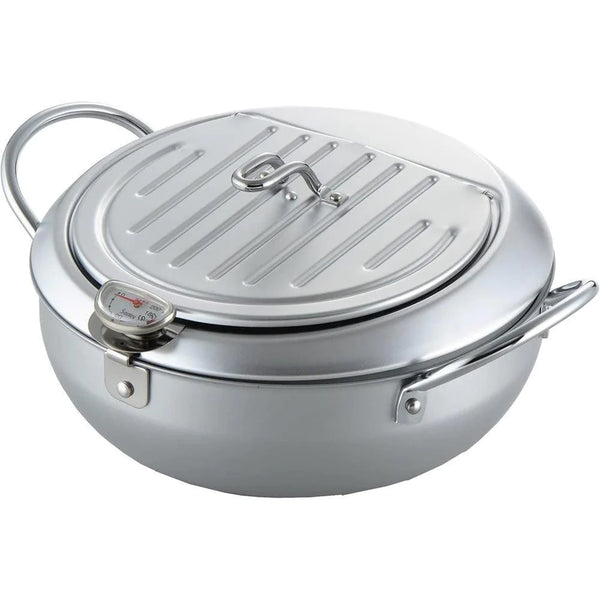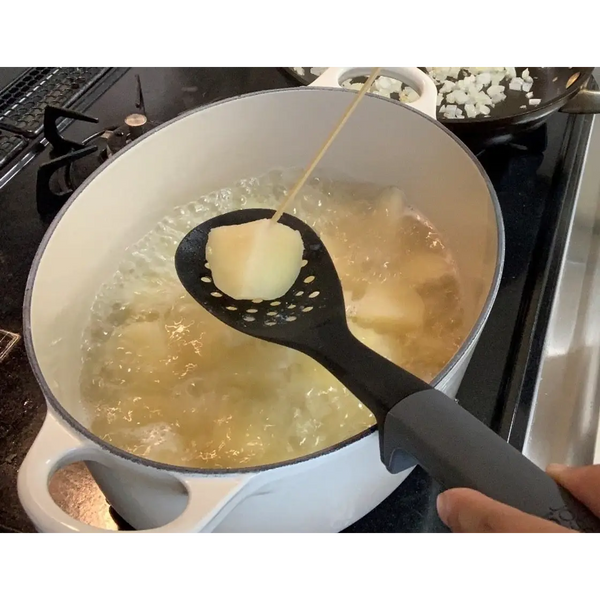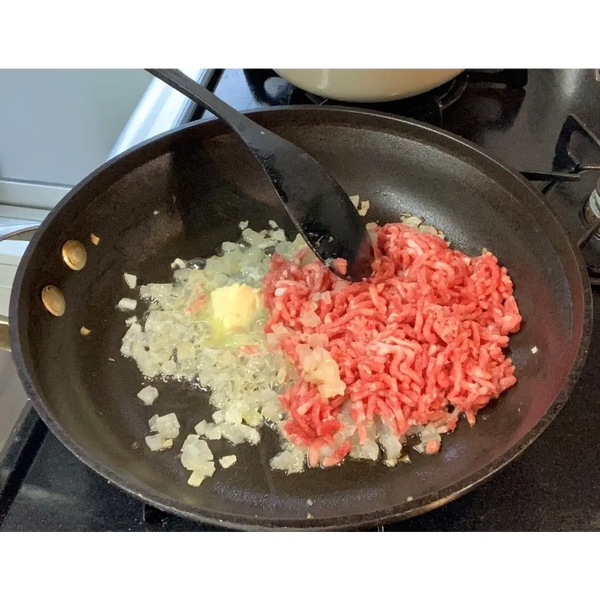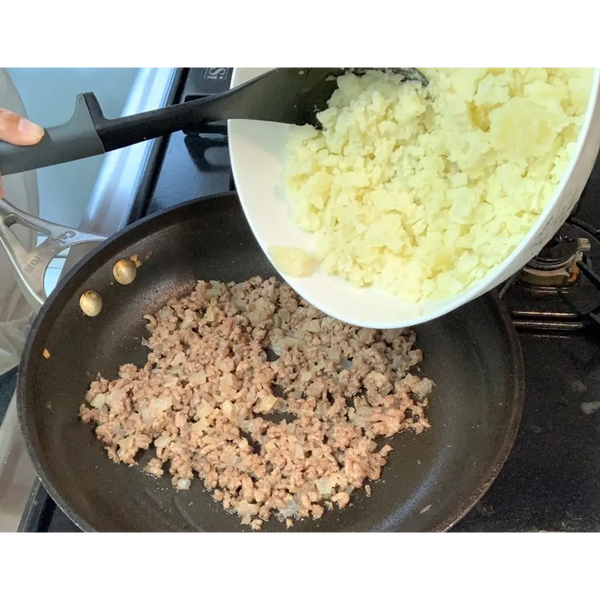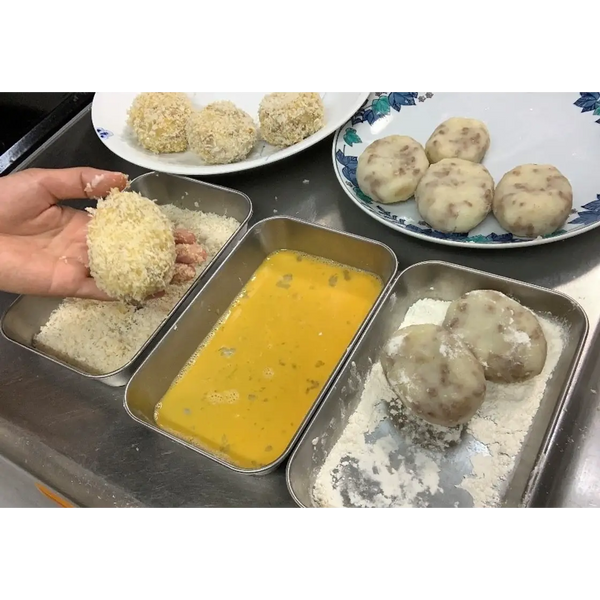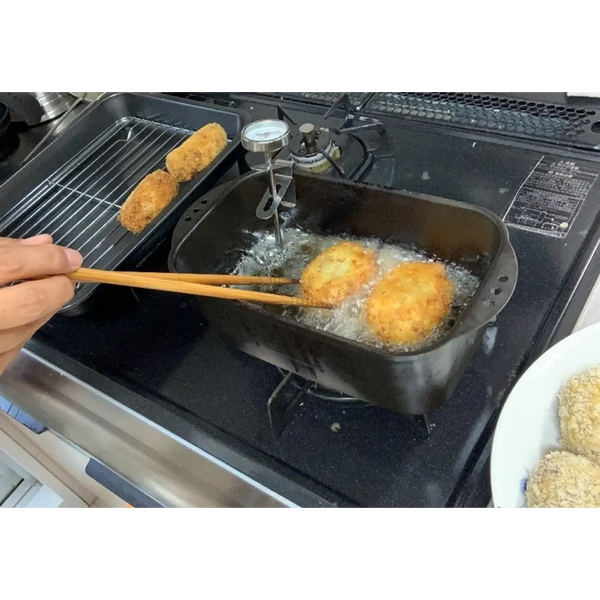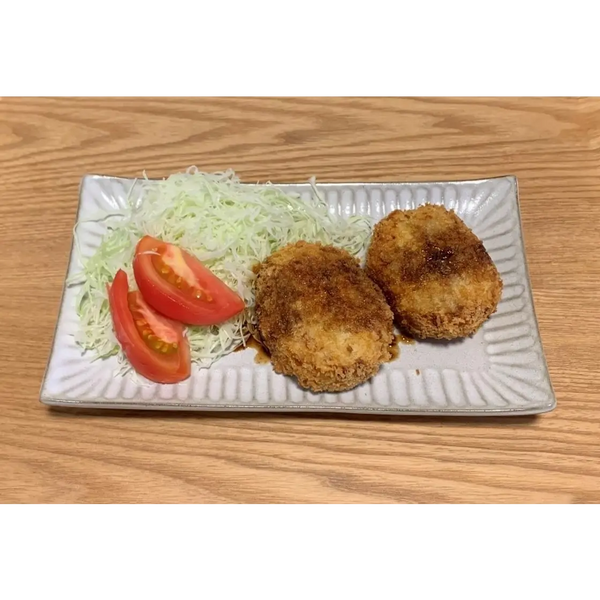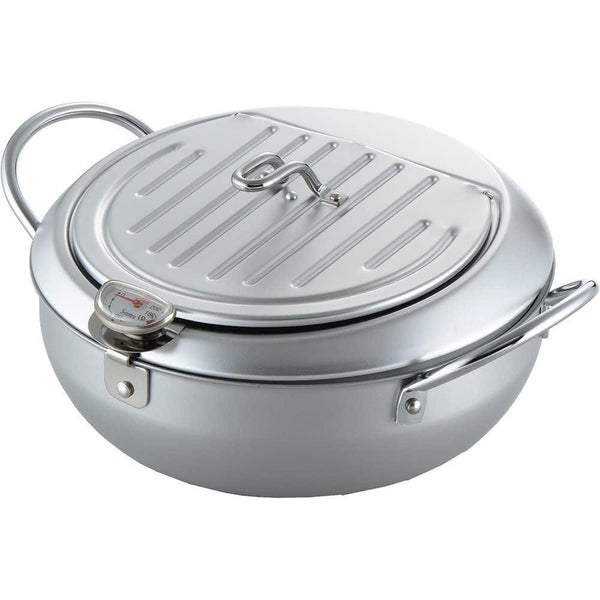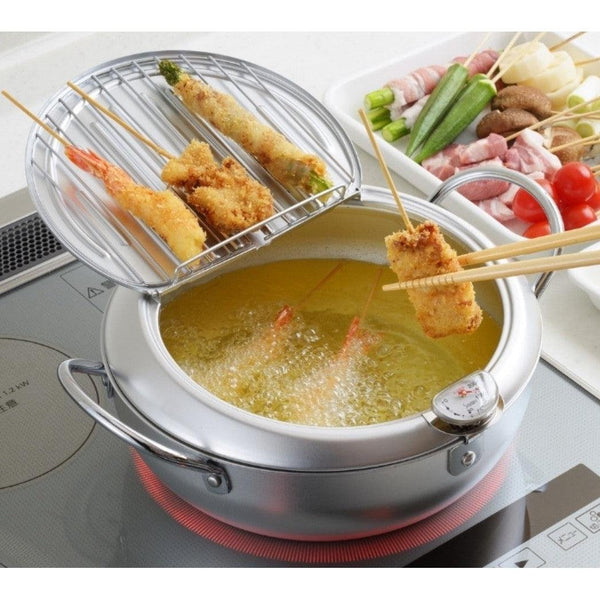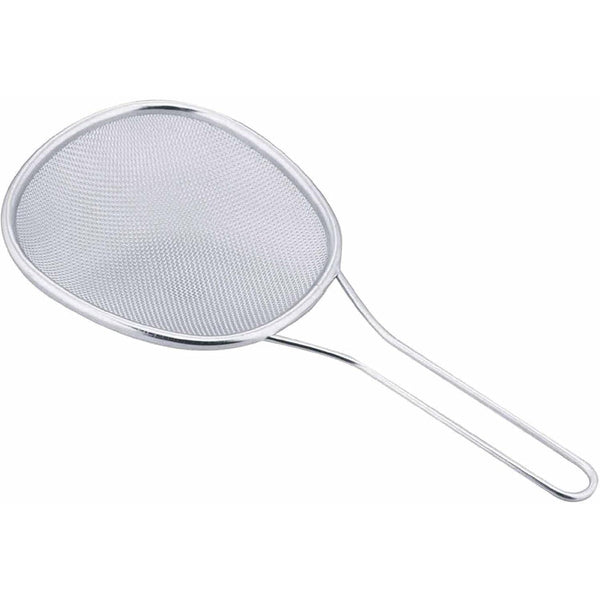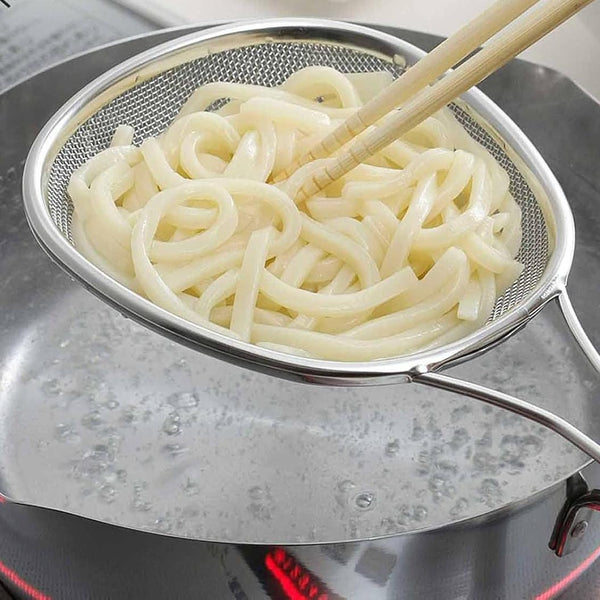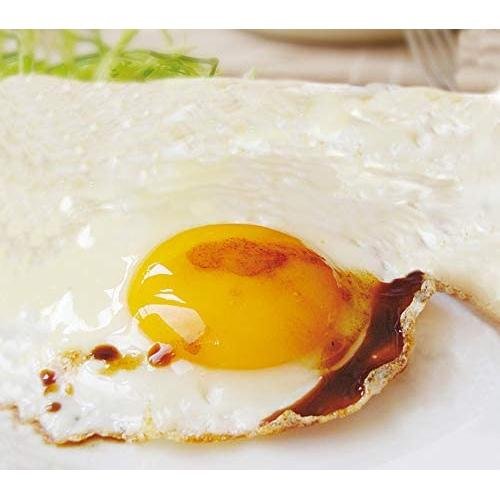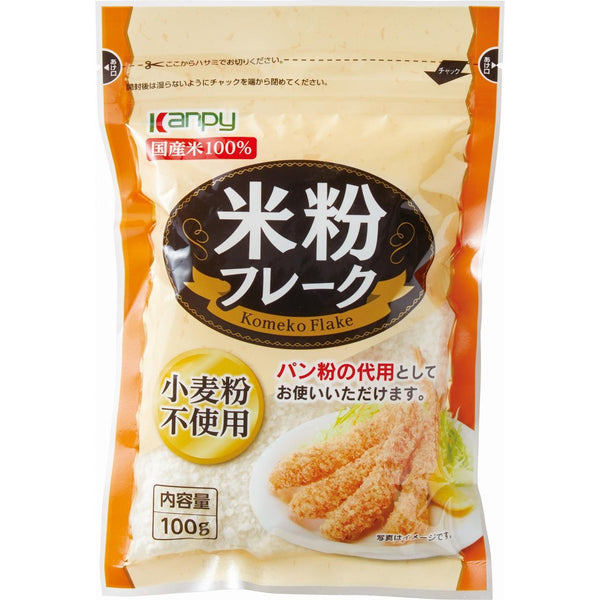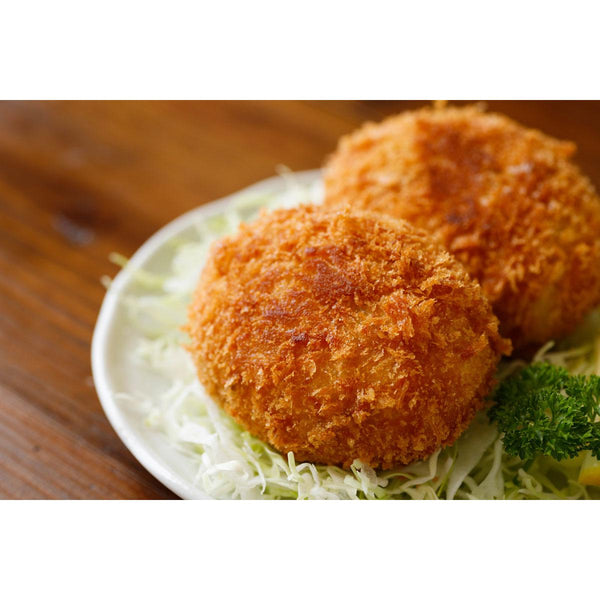
Potato Korokke is a beloved Japanese deep-fried dish made from fluffy mashed potatoes combined with minced meat and onions, shaped into patties, and coated in a crispy layer of panko breadcrumbs. Once fried, the outside becomes golden and crunchy while the inside remains soft, warm, and comforting — a perfect balance of textures that makes korokke a favorite for people of all ages.
Korokke belongs to Yoshoku (洋食), a category of Japanese-Western fusion cuisine that became popular during the late 19th and early 20th centuries. The dish is said to have been inspired by the French “croquette.” While the traditional French version often features a creamy béchamel filling, the Japanese adaptation replaced this with mashed potatoes to better match local preferences and ingredients readily available at the time. Over generations, korokke evolved into a uniquely Japanese comfort food while still retaining traces of its European roots.
In Japan, korokke is commonly served as a main dish during dinner alongside typical home-style accompaniments like rice, miso soup, and simple vegetable side dishes. It’s also popular in bento lunches, offering a satisfying portion of carbohydrates and protein in one bite. Outside the home, korokke is easy to find at korokke specialty takeaway shops, supermarkets, butcher shops, and even convenience stores, where freshly fried versions are sold as an easy and inexpensive snack.
While ingredients vary depending on the household, the classic potato korokke filling typically includes ground beef and pork mixed with diced onions sautéed until sweet and aromatic. Some families add carrots, corn, or even cheese for a richer taste. Regional variations also exist—Hokkaido, for example, is known for its creamy potato korokke that highlights the region’s famous potatoes.
Korokke can be enjoyed in many settings: served fresh at home, eaten at traditional restaurants, or purchased in the delicatessen sections of supermarkets. To elevate the flavor, many people drizzle Worcestershire or Tonkatsu sauce on top, adding a tangy and savory contrast to the mild potato filling. It’s also commonly served with shredded cabbage, tomatoes, or a simple green salad, helping balance the richness of the fried coating.
Storing Korokke: Leftover korokke can be wrapped in plastic wrap and stored in the refrigerator for about 2 days, or frozen for up to 1 month. When reheating, first remove the plastic wrap and microwave for 1 minute to warm the inside, then heat in a toaster oven for another minute to restore the delicious crispiness. Frozen korokke can be reheated the same way, just adding a little extra time. This makes korokke a convenient make-ahead dish that’s perfect for busy weeknights.
Korokke’s combination of nostalgic flavor, simple ingredients, and hearty satisfaction has made it a staple in Japanese cuisine. Whether cooked fresh at home or picked up as a quick snack, it remains one of Japan’s most comforting and accessible foods.


